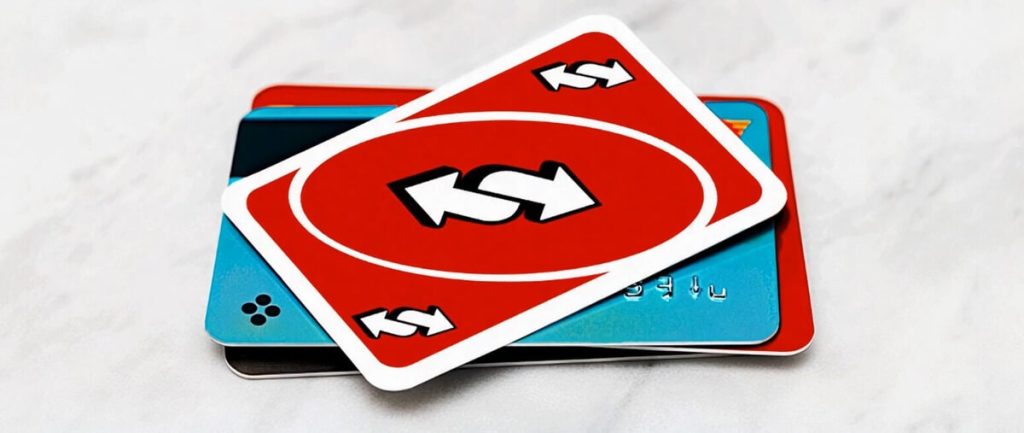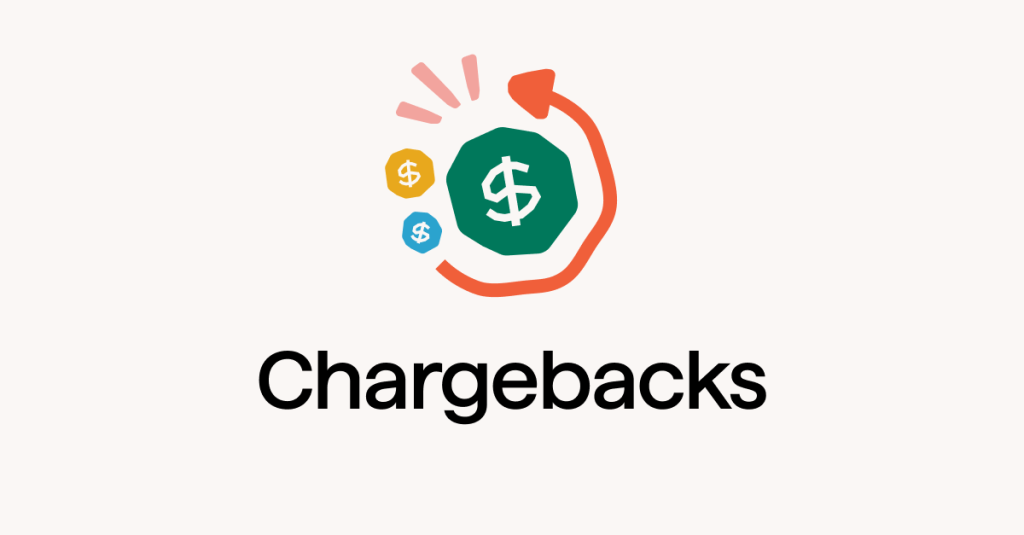Chargebacks are a significant challenge for merchants, affecting both revenue and operational efficiency. They are designed to protect consumers but can lead to substantial losses for businesses. This guide explains how chargebacks work and what steps merchants can take to potentially reverse them.
Understanding Chargebacks
A chargeback occurs when a cardholder disputes a charge, prompting their bank to reverse the transaction. This mechanism is a consumer protection tool but can negatively impact merchants.
Chargebacks accounted for approximately $25 billion in global losses in 2023, according to VISA’s official documentation. This highlights the need for merchants to understand the chargeback process and its implications.
Key Points:
- Chargebacks differ from refunds; they are initiated by the bank, not the merchant.
- Common reasons for chargebacks include fraud, non-delivery of goods, and customer dissatisfaction.
Table 1: Common Reasons for Chargebacks
| Reason | Percentage of Chargebacks (%) |
|---|---|
| Fraudulent Transactions | 35% |
| Non-Delivery of Goods/Services | 26% |
| Dissatisfaction with Product | 19% |
| Billing Errors | 10% |
| Subscription Issues | 6% |
| Miscellaneous | 4% |
The Chargeback Process
The chargeback process involves several stages, starting from the cardholder’s dispute to the final decision by the bank. Understanding each stage is crucial for merchants aiming to reverse a chargeback.
- Initiation by Cardholder:
The cardholder contacts their bank to dispute a charge. The bank evaluates the claim. - Investigation by Issuing Bank:
If the claim is valid, the bank notifies the merchant and temporarily reverses the transaction. - Merchant Response:
The merchant can provide evidence against the claim, such as transaction records and delivery confirmations. - Final Decision:
The bank reviews the evidence and decides whether to uphold or reverse the chargeback.
VISA’s chargeback guidelines emphasize the importance of timely responses and accurate documentation.
Table 2: Steps in the Chargeback Process
| Step | Responsible Party | Timeframe |
|---|---|---|
| Cardholder Dispute | Cardholder/Bank | Immediate |
| Investigation | Issuing Bank | 20-45 days |
| Merchant Response | Merchant | 7-30 days |
| Final Decision | Issuing Bank | 30-60 days |

Can a Chargeback Be Reversed?
Yes, a chargeback can be reversed, but the success rate varies. According to Mastercard’s chargeback documentation, only about 18% of chargeback disputes are won by merchants. However, employing effective strategies can improve these odds.
Steps to Improve Chargeback Reversal Success:
- Gather Comprehensive Evidence:
Collect all relevant documentation, including receipts, delivery confirmations, and customer communications. - Timely and Clear Communication:
Respond promptly and clearly to the chargeback notification, addressing the reason for the chargeback directly. - Leverage Professional Tools:
Using chargeback management tools can streamline the process. Merchanto.org, a partner of VISA and MasterCard in the chargeback prevention sector, offers tools that help manage and prevent chargebacks. Learn more about their services here.
Table 3: Factors Influencing Chargeback Reversal Success
| Factor | Impact on Success (%) |
|---|---|
| Quality of Evidence | 40% |
| Response Time | 30% |
| Use of Chargeback Tools | 20% |
| Relationship with Payment Processor | 10% |
Best Practices to Prevent Chargebacks
Preventing chargebacks is often more effective than reversing them. Implementing preventive measures can significantly reduce the occurrence of chargebacks.
- Transparent Billing Descriptors:
Use clear billing descriptors to avoid confusion, as unrecognized charges often lead to disputes. - Enhanced Customer Service:
Offer strong customer support to resolve issues before they escalate. According to Stripe.com, 80% of chargebacks can be prevented by addressing customer complaints quickly. - Fraud Prevention Tools:
Use fraud detection tools, such as 3D Secure and Address Verification Systems (AVS), to reduce the risk of fraudulent transactions. - Clear Return and Refund Policies:
Ensure your return and refund policies are easy to understand and prominently displayed. This can prevent disputes from misunderstandings.
Additional Preventive Measures:
- Regular Monitoring: Track chargeback trends and adjust strategies accordingly.
- Employee Training: Train staff on accurate transaction processing and customer service protocols.

Challenges and Considerations
Reversing a chargeback is challenging. Mastercard and VISA reports show that merchants often struggle to win disputes, with the majority of decisions favoring the cardholder. The costs of fighting chargebacks, including fees and resources, can also be significant.
Key Challenges:
- Low Success Rate: Only about 18% of chargeback disputes are resolved in favor of merchants.
- High Fees: Merchants may face fees of $20-$100 per chargeback, depending on their payment processor.
- Impact on Merchant Account: A high chargeback rate can lead to increased fees and potential termination of the merchant account.
Conclusion
Chargebacks are a complex issue, but with the right strategies, they can be managed and sometimes reversed. Understanding the chargeback process, implementing preventive measures, and using professional tools can improve a merchant’s chances of success. However, the process is challenging, and merchants must be prepared for a long and often difficult journey.



